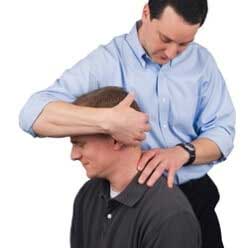
A compression fracture is the collapse of a bone, particularly the vertebrae. Although compression fractures can occur in any bone in the body, they are most troublesome and painful when they occur in the back, often resulting in lower back pain. Compression fractures of the vertebrae are can be caused by trauma, osteoporosis, or cancer.
While XRays can determine whether a compression fracture exists, an MRI can determine whether it is new (acute) or chronic (old). A compression fracture that has fluid and swelling in it is considered new and may be amenable to effective minimally invasive, interventional treatment, such as a kyphoplasty and vertebroplasty.
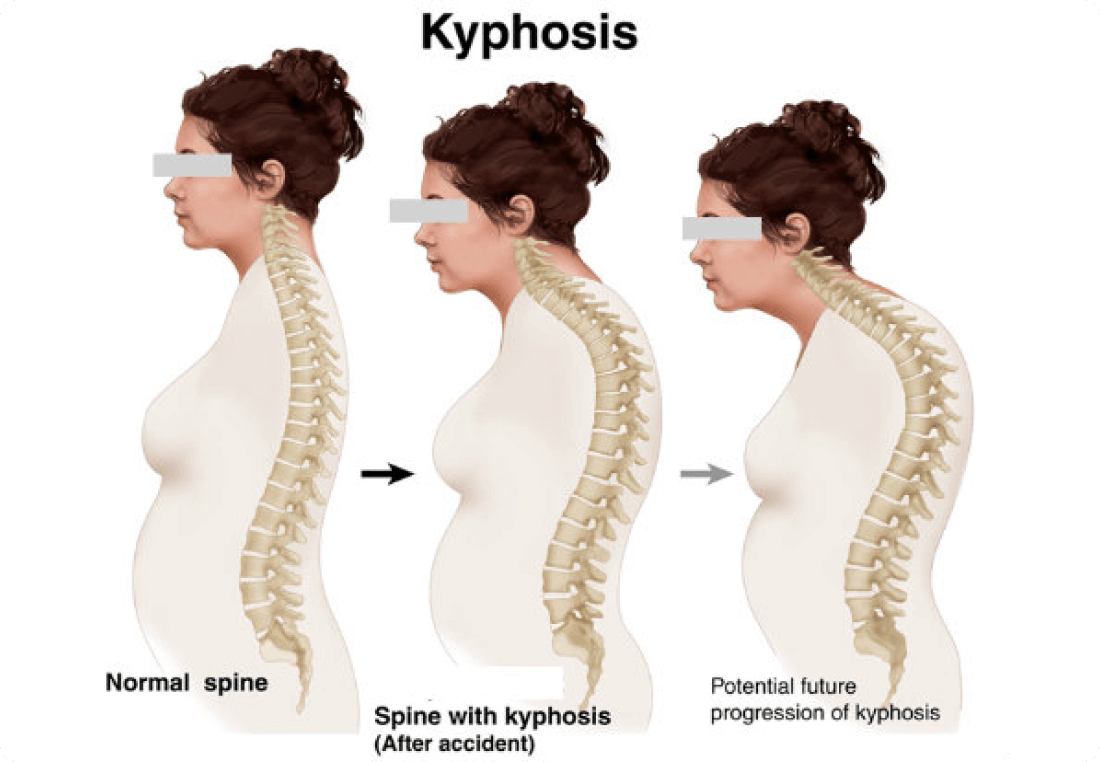
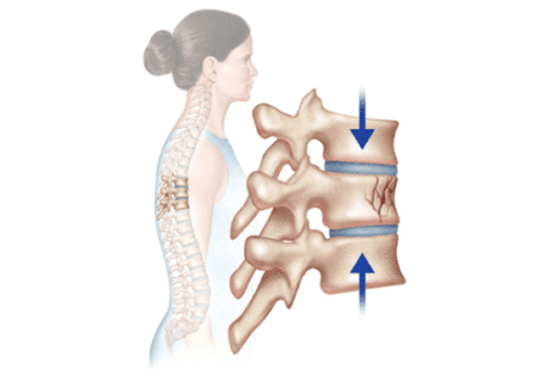
The pain from compression fractures can arise from a number of sources. First and foremost, the fractured vertebra causes back pain. Activity cause subtle movements of the fractured vertebra, which can be extremely painful.
Next, the compressed vertebra can cause impingement of nerve roots that run close to the spine, resulting in a pinched nerve and radiating pain. Depending on the location of the compression fracture symptoms can present in numerous places:
This will result in muscular back pain directly around the area of the compression fracture and may limit the range of motion in the back. For compression fractures of the midback, a condition called kyphosis arises in which multiple vertebrae compress and this can lead to an abnormal forward curvature of the spine.
The neck must be extended in order for the head to face forward, which can result in neck pain. Multiple compression fractures of the midback can lead to loss of height, breathing issues, and digestive problems due to the decrease in space for the internal organs.
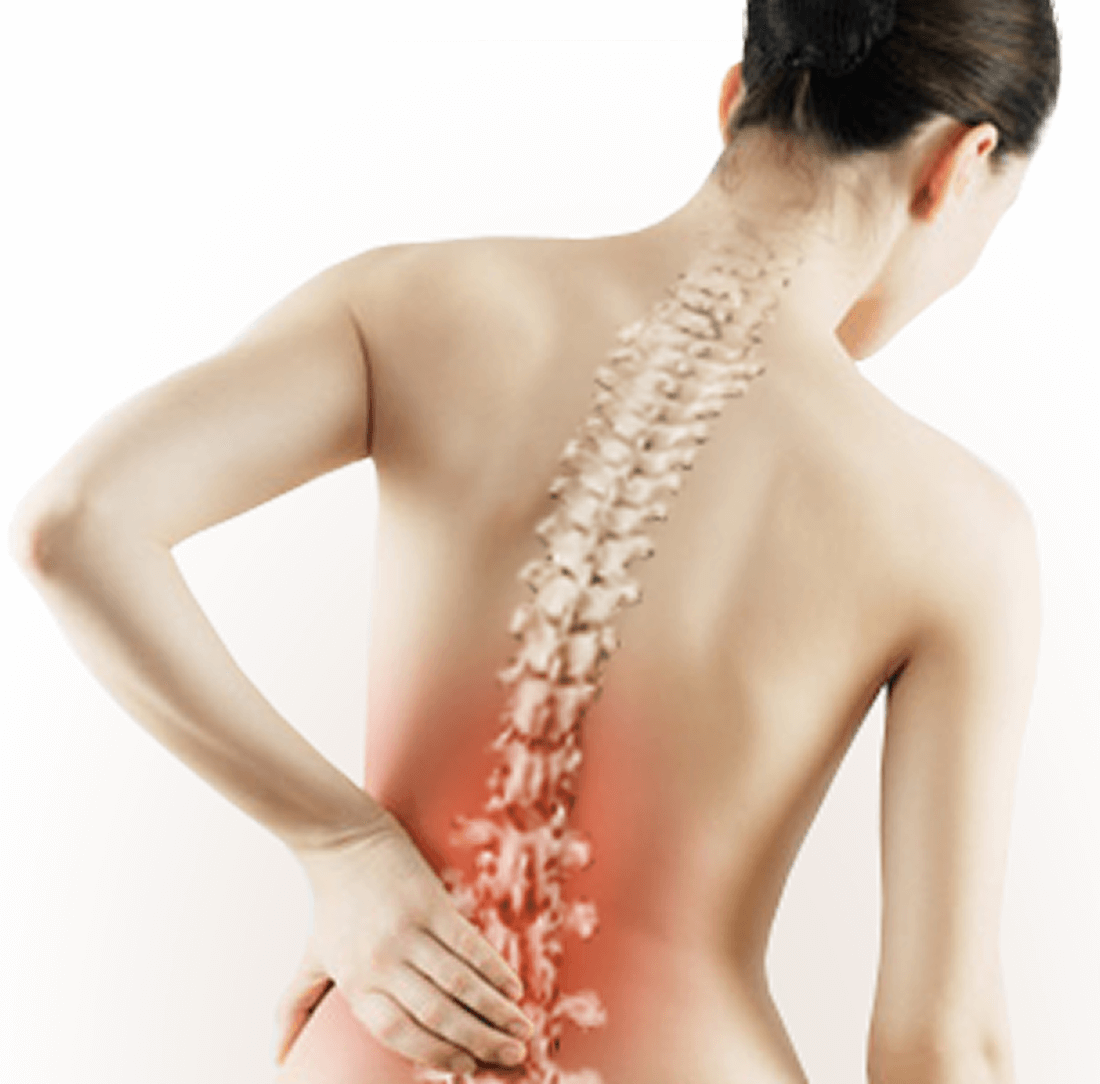
Osteoporosis is the leading cause of compression fractures and lower back pain. In this condition, the calcium slowly leeches from every bone in the body, including the vertebrae. Since these bones support much of the weight, they are particularly susceptible to compression fractures.
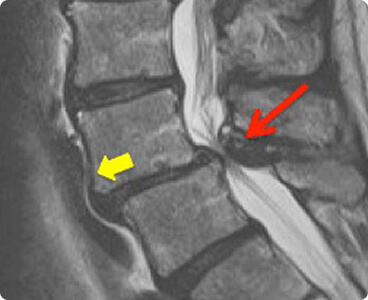
Our Pain Medicine physicians have a wealth of treatments in their arsenal to treat compression fractures. Kyphoplasty and vertebroplasty are two procedures that can be employed. Both are minimally invasive and excellent for the treatment of back pain due to compression fractures.
Vertebroplasty involves the injection of cement into the vertebra with the compression fracture, fixing the bone, so that bone pain is relieved almost immediately. Kyphoplasty includes the additional step of inflating a balloon inside the compressed vertebra in an attempt to restore the height of it.
The cement is then injected into the hollowed out portion of the vertebra, allowing easy filling. Both are very effective for back pain relief, and many patients experience substantial pain relief within a day from the procedures.
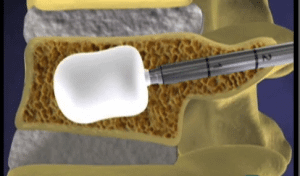
If the compression fracture is not amenable for vertebroplasty or kyphoplasty or if there is persistent pain after the procedure, such as nerve pain, the Pain Medicine physicians can prescribe medications to help control the pain which can allow for more effective physical therapy.
Anti-inflammatory medications, such as ibuprofen, can help to decrease the pain and swelling that occurs around the fractured vertebrae. When nerve pain is involved, antidepressants and anti-seizure medications are helpful in decreasing the shooting, tingling pain in the extremities.
In treatment resistant cases, opioid pain medications can be used, but they are only considered after rigorous patient screening for potential dependency problems. Injections are also helpful, and this includes epidural steroid injections to treat radiating nerve pains or trigger point injections to treat spasm of muscles surrounding the compressed vertebra.
Back braces can provide some stability to the spine and thereby reduce pain. However, back braces are most effective when the fractures are the lower back (lumbar spine) or in the lower portion of the midback (thoracic spine).

Physical therapy is important in maintaining range of motion and promoting strength and flexibility of the soft tissue. Many physical therapists can help with the fitting of alternative therapies, such as massage and acupuncture, can help with the chronic pain from kyphosis, and they are a great adjunct to more traditional conservative and aggressive treatments.
